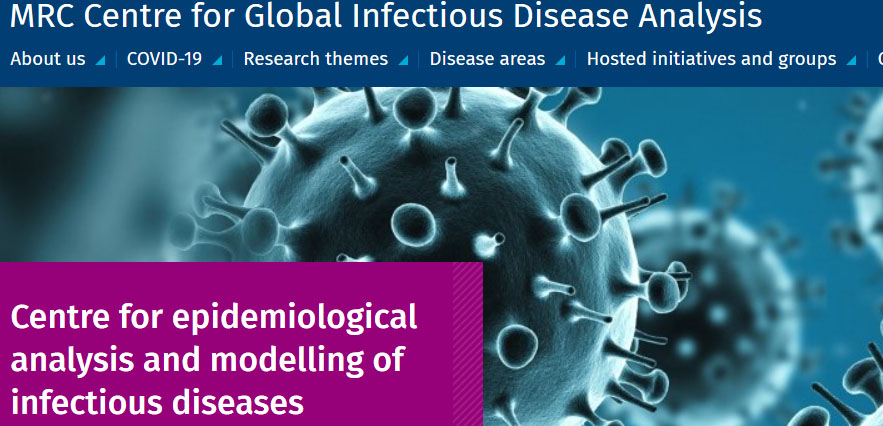The impact of the COVID-19 pandemic in low-income settings is likely to be more severe due to limited healthcare capacity.
Within these settings, however, there exists unfair or avoidable differences in health among different groups in society – health inequities – that mean that some groups are particularly at risk from the negative direct and indirect consequences of COVID-19. The structural determinants of these are often reflected in differences by income strata, with the poorest populations having limited access to preventative measures such as handwashing. Their more fragile income status will also mean that they are likely to be employed in occupations that are not amenable to social-distancing measures, thereby further reducing their ability to protect themselves from infection. Furthermore, these populations may also lack access to timely healthcare on becoming ill.
We explore these relationships by using large-scale household surveys to quantify the differences in handwashing access, occupation and hospital access with respect to wealth status in low-income settings. We use a COVID-19 transmission model to demonstrate the impact of these differences. Our results demonstrate clear trends that the probability of death from COVID-19 increases with increasing poverty. On average, we estimate a 32.0% (2.5th-97.5th centile 8.0%-72.5%) increase in the probability of death in the poorest quintile compared to the wealthiest quintile from these three factors alone.
We further explore how risk mediators and the indirect impacts of COVID-19 may also hit these same disadvantaged and vulnerable the hardest. We find that larger, inter-generational households that may hamper efforts to protect the elderly if social distancing are associated with lower-income countries and, within LMICs, lower wealth status. Poorer populations are also more susceptible to food security issues - with these populations having the highest levels under-nourishment whilst also being most dependent on their own food production. We show that timing of the COVID-19 epidemic in low-resource settings has the potential to interrupt planting and harvesting seasons for staple crops, thereby accentuating this vulnerability.
These enhanced risks and key vulnerabilities – alongside the broader concerns surrounding displaced or conflict-affected populations - demonstrate the challenges that the most marginalised populations face during the ongoing COVID-19 pandemic.
MRC Centre for Global Infectious Disease Analysis







